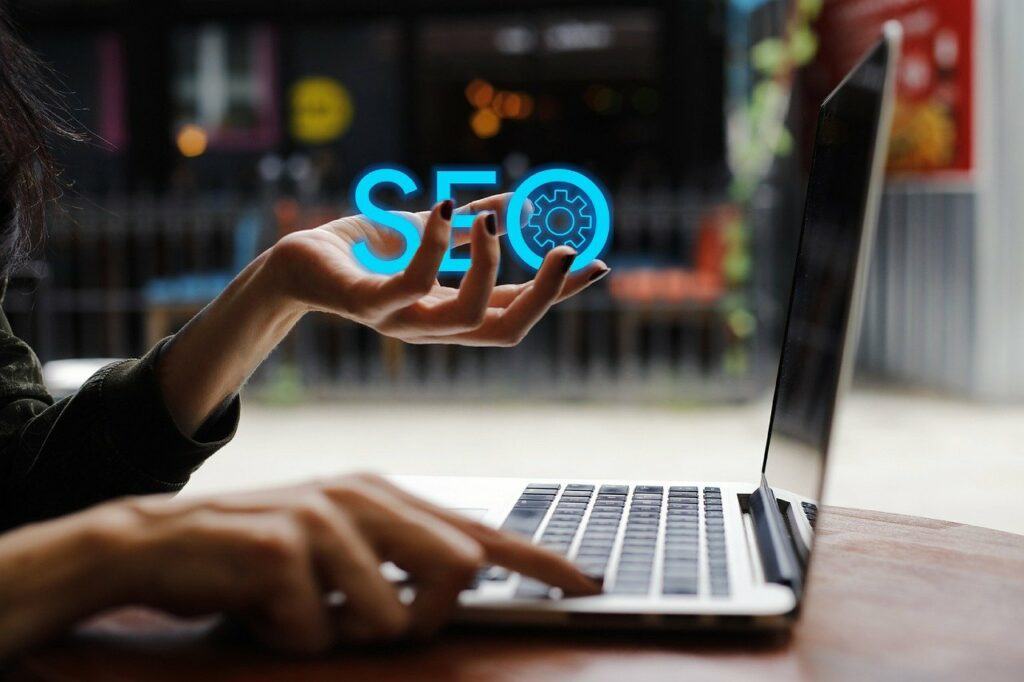Why Local SEO Matters For Small Businesses
Local SEO is the powerhouse that connects small businesses with their local audience, boosting online presence in their immediate geographic area. Unlike broader SEO strategies that focus on national or international reach, local SEO hones in on a specific locality, drawing on searches that include phrases like \”near me\” or the names of cities or neighborhoods. This focus is particularly advantageous for small businesses aiming to capture the attention of potential customers nearby. When you’re running a small business, you often face resource constraints that your larger competitors can sidestep. Local SEO levels the playing field, allowing smaller businesses to be found by those who are actually likely to visit due to proximity. This is why thinking locally is essential for a small business’s digital strategy. By prioritizing local SEO, you’re speaking directly to the community that can walk through your doors, not just adding to the noise of the broader internet. Exploring the key elements of local SEO can feel like stepping into a new world, but it’s more about sharpening focus rather than widening the scope of traditional SEO. NAP SEO The acronym NAP stands for Name, Address, and Phone number. This is the most important information about a business that is distributed in online directories. Tackling elements like local listings ensures that your business name, address, and phone number (NAP) are consistent across all platforms. Search engines use this consistency and accuracy to ensure that your business is reliable and active, which boosts your visibility. For a small business, building a strong local SEO strategy is as much about community engagement as it is about technical aspects. Engaging with local customers, responding to reviews, and being listed in local directories wouldn’t just increase your online presence—it cements your reputation as a local staple. The Competitive Edge: Local SEO for Customer Engagement Small businesses often find themselves up against larger competitors with more resources. Local SEO offers a powerful weapon in this fight by positioning smaller businesses to connect directly with their target audience. The key lies in effectively using local SEO tactics to not just reach that audience but to actively engage them. One of the cornerstones of this approach involves leveraging customer reviews and local citations. These aren’t just digital accolades. They are affirmations of trust and reliability that potential customers notice. Cultivating a strong base of positive reviews can influence new customers to choose your business over competitors. Role of Google My Business in Local SEO One effective platform for enhancing local SEO is Google My Business (GMB). Utilizing GMB allows businesses to manage their online presence across Google’s suite of services, reaching potential customers through searches and maps. It’s important to keep the GMB listing updated with accurate information, photos, and engaging posts. It serves as a constant touchpoint between your business and potential customers, offering them insights at a glance. Incorporating local keywords into your online content helps improve visibility in local search results. This method isn’t just about stuffing articles or web pages with random words but about understanding what your customers are searching for and offering them the solutions they seek. Understanding these strategies and implementing them effectively can significantly change the way a small business is perceived locally. Over time, this enhanced engagement doesn’t just draw more customers; it fosters a community of loyal patrons eager to support local brands. Harnessing Local SEO: Proven Strategies for Small Businesses Building a reputable local online presence isn’t an automatic win, but it is definitely achievable with the right strategies. Effective local SEO begins with properly optimizing your website. Key local SEO strategies for small businesses include focusing on local keywords that genuinely reflect what people in your area are searching for. Incorporating these terms naturally into your content will assist in attracting local traffic. Another vital part of your strategy is managing your business’s NAP (Name, Address, Phone Number) responsiveness. Consistency is crucial. Having the same details across all platforms helps search engines confirm your business’s legitimacy, and it aids customers in knowing where and how to find you. Backlinking remains a powerful tool. Establishing quality backlinks from well-regarded local websites can enhance your site’s credibility and ranking. Think of local news outlets or industry-specific online directories that your target market might frequent. With the increasing use of smartphones and voice assistants, optimizing for mobile and voice searches isn’t just a good practice; it’s a necessity. Make sure your site is mobile-friendly with a layout that’s easy to navigate on smaller screens. For voice search optimization, consider how people in your locale phrase their queries verbally and use natural language in your content to match these patterns. Through these efforts, you craft an experience for local customers that’s not only accessible but personable, promoting loyalty and a strong community presence. Measuring Success: Tracking the Impact of Local SEO Efforts Grasping the effectiveness of your local SEO efforts is essential to ensure you are on the right track and to refine your strategy as needed. Utilizing tools like Google Analytics, Google Search Console, and local SEO-specific tools can provide valuable insights into your business’s online performance. Analyzing traffic patterns and customer engagement on your platforms will reveal what attracts customers to your site. Keep an eye on metrics like organic search traffic increase, local keyword ranking improvements, and conversions happening via local searches. Google Analytics provides a wealth of data. You can track whether your enhanced SEO strategies are boosting site visits, which pages are most popular, and importantly, where your traffic is coming from. This information helps pinpoint your strengths and areas that might need more attention. Derive Insights from Your Data to Grow Your Business Beyond site analytics, consider customer interactions and feedback. Reviews shouldn’t just be collected; they need to be analyzed for patterns and trends that could inform business decisions. Are people praising your fast service? Use that in your marketing efforts. Are there consistent requests for a product or service you don’t offer? Consider adding it. Adapting
Why Local SEO Matters For Small Businesses Read More »




